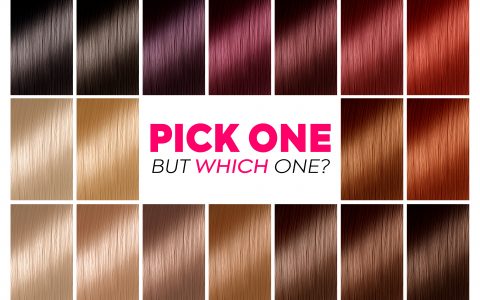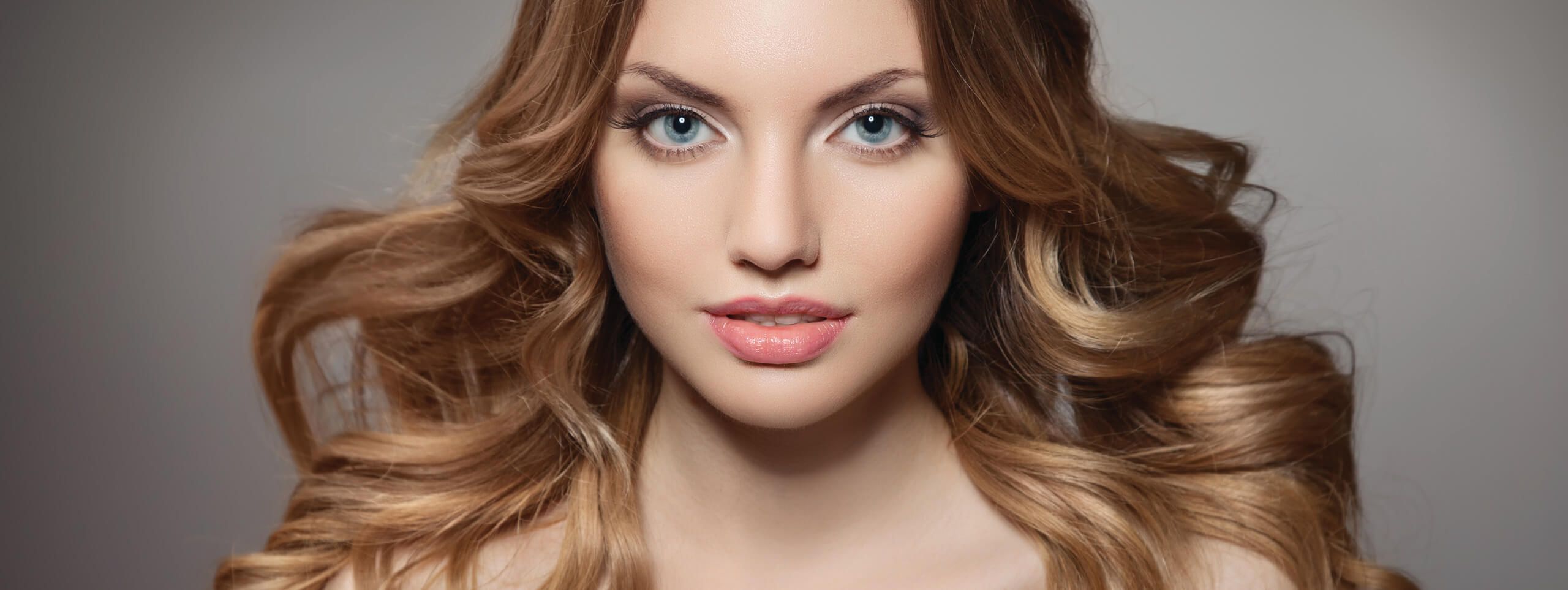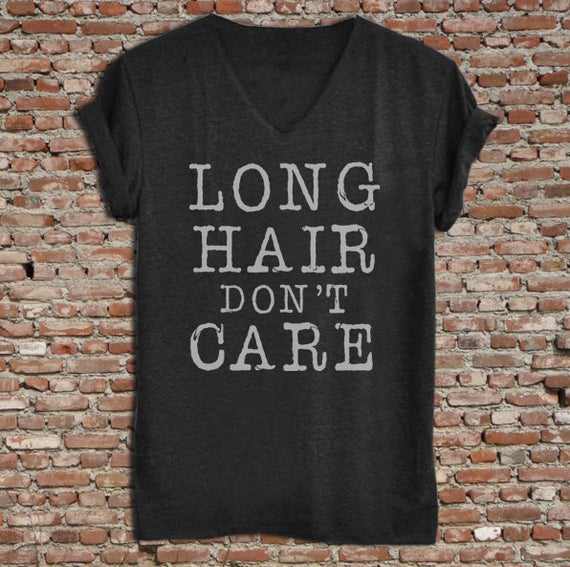
Navigating hair color shelves can be daunting; often, a number is listed on each box to assist in narrowing down your color selection. But what do these numbers signify? This comprehensive guide will explain all of the various hair color names. Let’s begin with darker hues.
Chestnut Brown
Chestnut brown is an earthy-toned hue that combines reddish tones with the earthiness of brunette tones for a luscious chocolatey hue ideal for any hair color and texture. Ideal for brunettes looking to go darker, blondes wanting a reddish tint, and anyone wanting a rich chocolatey hue to spice up their mane, this versatile shade makes styling easier regardless of hair texture – as seen on celebs such as Zendaya, Ashley Graham, and Emily Ratajkowski all sporting this sexy hue which complements any complexion perfectly.
To enhance your chestnut brown hair, consult your colorist about highlights or balayage highlights to create high contrast and bring out more of its warm reddish tint – creating an impressive and sumptuous effect that suits most skin tones (except yellowish ones). For an alternative approach, ask them for gradual coloring that fades gradually into lighter chestnut shades for an eye-catching brown-to-reddish ombre effect.
Consider switching up the classic chestnut brown hue by opting for caramel or mahogany hair color, which offers subtler variations with gold and copper tones that work beautifully with most complexions. It is an excellent way to accentuate brunette highlights without fully committing to a dark-to-light color transition. Alternatively, opt for subtle highlights or balayage for an easy yet stylish solution to adding red to your chestnut brown locks without making too much of a statement. It will add just the right touch of warmth without drawing attention away from your eyes, which are already beautiful features in their own right. It is an especially ideal way to complement green or brown eyes by enhancing them beautifully and opening them up visually.
To protect the color and condition of your chestnut brown shade, use shampoo and conditioner specifically formulated for dyed hair to maintain its shape. In addition, avoid heat-styling tools as much as possible and constantly apply heat protectant before blow-drying, curling, or straightening them – additionally, using lukewarm water instead of hot can prevent your locks from drying out and becoming dull and damaged over time.
Dark Chocolate
Chocolate brown hair is a deep, rich shade with cool tones that perfectly pairs with olive complexions and dark eye colors. This versatile shade creates many different looks; pair it with gold or blue jewelry for even more variety! Perfect for all seasons and types, incredibly long, straight locks.
Consider using the balayage technique to add highlights to create the ideal chocolate brown shade. This allows for natural-looking highlights that blend seamlessly with your base hair color – dark roots fading into lighter chocolate hues as they move toward your locks’ ends. It is an especially great option for ladies with longer waves who wish to add length.
Cocoa’s antioxidant properties can assist with maintaining the health of your skin by neutralizing free radicals that cause damage and helping prevent cell death, which is especially helpful for people with aging skin. Furthermore, cocoa may improve insulin sensitivity while simultaneously decreasing insulin resistance.
Incorporating sandy blonde balayage as part of your style is another great way to add lightness and vibrancy to chocolate brown hair. This trendy look will instantly freshen up your look for summer, giving off that summery glow from this look. Mix this style with other highlighting techniques, such as the mermaid effect, for added dimension! To find your ideal shade, use our virtual hair color try-on tool.
Reddish Brown
If you want to make an eye-catching statement with your hair color, reddish brown may be just what’s needed to stand out. Combining brown and red hues, this shade offers a vibrant blend that makes strands pop! Perfect for light to medium skin tones with green, blue, or brown eyes and brunettes looking for something different than their usual hue, it also works well for brunettes looking for something a bit redder!
Chestnut brown is one of this shade’s more widely seen variations, featuring dark brown tones with warm and reddish undertones for an earthy and natural aesthetic. It works best on light to medium skin tones and looks especially impressive when applied using the balayage technique.
Like its cousin chestnut, mahogany is a dark brown hue with reddish undertones that add depth and richness. This shade works best on light to medium skin tones and looks stunning when worn with wavy or textured hairstyles.
Wood brown is another version of reddish brown, offering darker tones with more pungent red undertones than chestnut and more of the desired red hues. This shade is an excellent addition for brunettes who wish to incorporate red into their locks without going too far into red territory.
To maintain healthy, shiny strands, use a hair care system designed to combat brassy tones, such as the Matrix Total Results Brass Off system – available at most beauty retailers.
Cinnamon cocoa could be your perfect match if you want to explore reddish-brown hues without going too bold. Its dark brown base features subtle red flecks for an inky shine that will evoke a sun-kissed glow in your locks.
Ask your colorist to apply a balayage look incorporating a reddish-brown hue for maximum impact. This technique will create a multilayered and three-dimensional effect in your strands that complements any style, from sleek to voluptuous.
If you want something bolder, ask your colorist to apply an ombre effect using reddish-brown shades – this will add dimension and make your strands appear thicker!
Ginger
An array of hair color shades are available for selection, including blonde, brunette, redhead, and grays. Each hue can have its specific name; there may also be names that cross categories. Gaining knowledge about these color families will allow you to make better choices when selecting shades and help clarify exactly what you desire from stylists.
Ginger is a flowering plant whose rhizomes are utilized as both a culinary spice and a medical remedy. As part of the Zingiberaceae family – along with turmeric (Curcuma longa), cardamom (Elettaria cardamomum), and galangal (Alpinia jubata), ginger has long been used as a traditional medicine throughout many cultures worldwide, specifically used to reduce morning sickness symptoms as well as prevent indigestion, reduce bloating and intestinal gas production.
Burma utilizes it as part of their salad dish, Gyin-Thot, and Thailand makes Khing Khing Soup.

